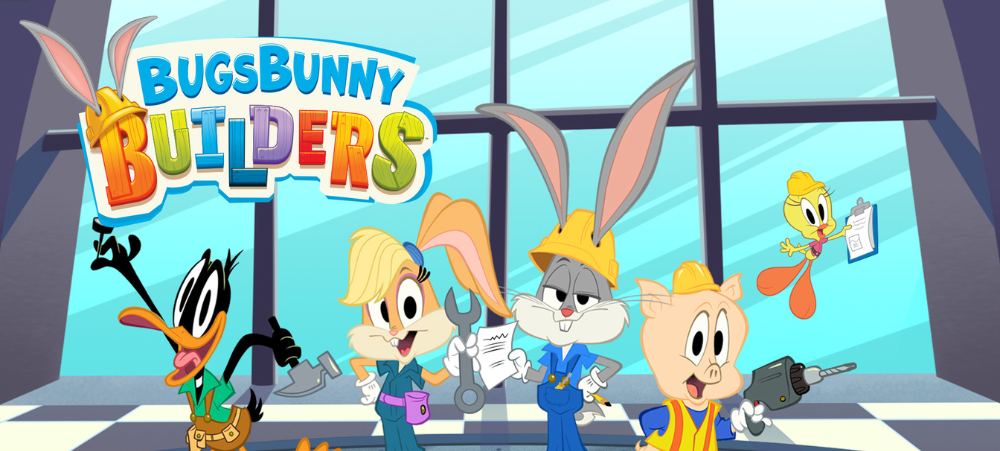
How Adventure Parks Like Rush Extreme Keep Kids Active and Engaged
In today’s digital age, where screens dominate kids’ attention, finding ways to keep them active and engaged is more important than ever. Indoor adventure parks like Rush Extreme in Cape Town and Johannesburg provide the perfect environment for children to enjoy physical activity while having fun. These action-packed venues offer an exciting alternative to traditional sports and playgrounds, ensuring kids stay fit, develop new skills, and experience the thrill of adventure. Encouraging Physical Activity Through Fun One of the biggest benefits of indoor adventure parks like Rush is that they make exercise enjoyable. Instead of seeing physical activity as a chore, kids view it as an adventure. At Rush, children can jump, climb, race, and explore obstacle courses that challenge their strength, agility, and endurance. This kind of dynamic movement enhances cardiovascular health, coordination, and balance, all while keeping them entertained for hours. Enhancing Social Skills and Teamwork Indoor adventure parks are also fantastic for social development. Many of the activities at Rush encourage teamwork, whether it’s conquering a climbing wall together, competing in a friendly game of dodgeball, or navigating an obstacle course with friends. These shared experiences help children build confidence, improve communication skills, and develop a sense of camaraderie – all essential life skills that will benefit them beyond the adventure park. Boosting Mental Well-being and Confidence Physical activity is known to reduce stress and improve mood, and the challenges at adventure parks provide kids with a healthy way to release energy and build resilience. Overcoming an obstacle or mastering a difficult challenge at Rush indoor adventure park gives children a sense of accomplishment, boosting their confidence and encouraging them to tackle new challenges both inside and outside the park. Keeping Kids Engaged in a Safe Environment Safety is a priority at Rush indoor adventure park, ensuring kids can enjoy the thrill of adventure with peace of mind. With high-quality safety gear, trained staff, and padded areas, parents can rest assured that their children are playing in a controlled and secure environment. This allows kids to test their limits while staying safe, fostering both independence and responsibility. A Healthier Alternative to Screens With the rise of smartphones, tablets, and video games, kids are spending more time looking at screens. Indoor adventure parks like Rush Extreme provide a fun and active alternative, encouraging children to put down their devices and engage in real-world play. Not only does this improve their physical health, but it also stimulates creativity, problem-solving skills, and critical thinking. Experience the Ultimate Adventure at Rush Extreme! If you’re looking for an exciting way to keep your kids active and engaged, Rush Extreme indoor adventure park in Cape Town and Johannesburg is the ultimate destination. With a variety of thrilling activities designed to challenge and entertain, it’s the perfect place for children to move, play, and grow. Book your visit in Cape Town here and in Johannesburg here.







